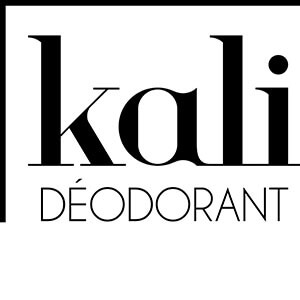« Normal » sweating.
Sweat is a secretion of sweat glands that is made through the pores of the skin; this phenomenon is called perspiration.
We sweat to regulate our body temperature (thermoregulation) and keep it at 37°C.
You sweat when you get agitated (exercise: running or gymnastics…) or when you are in a warm place (sauna, steam room or high ambient temperature).
It is the sweat glands « eccrines » that are solicitated.
Sweat secreted by the eccrine sweat glands is 99% water and electrolytes (which gives the sweat a slight salty flavour).
It has no smell and tastes a little salty.
Sweating related to stress and emotions.
It is the sweat glands « eccrines » and « apocrines » that are called after.
Because of the bacteria that transform these molecules, these secretions cause the typical « perspiration smell. » The secretion of apocrine sweat begins at puberty. Because of the bacteria that transform these molecules, these secretions cause the typical « perspiration smell. »
Other factors that can influence the smell of perspiration include poor hygiene, a diet too rich in animal protein, spices, garlic and onion, cheese, and coffee, chocolate and lemon. Stress and anxiety can activate the apocrine glands and generate more body odors.
Color of sweating.
Sweating is not suddenly yellowish, it always has been.
In fact it is not perspiration that is yellow, but what our body rejects.
Sweat contains urea (urine) and this is what causes, among other things, the yellow spots on your white clothes.

